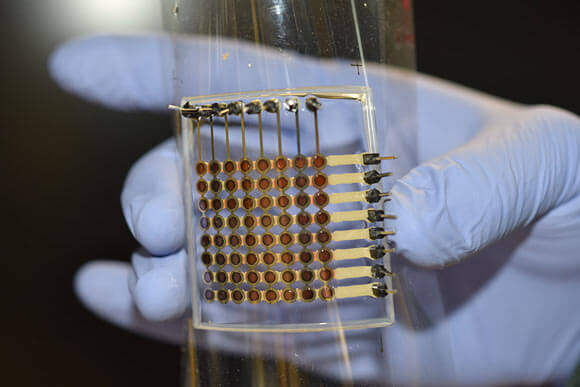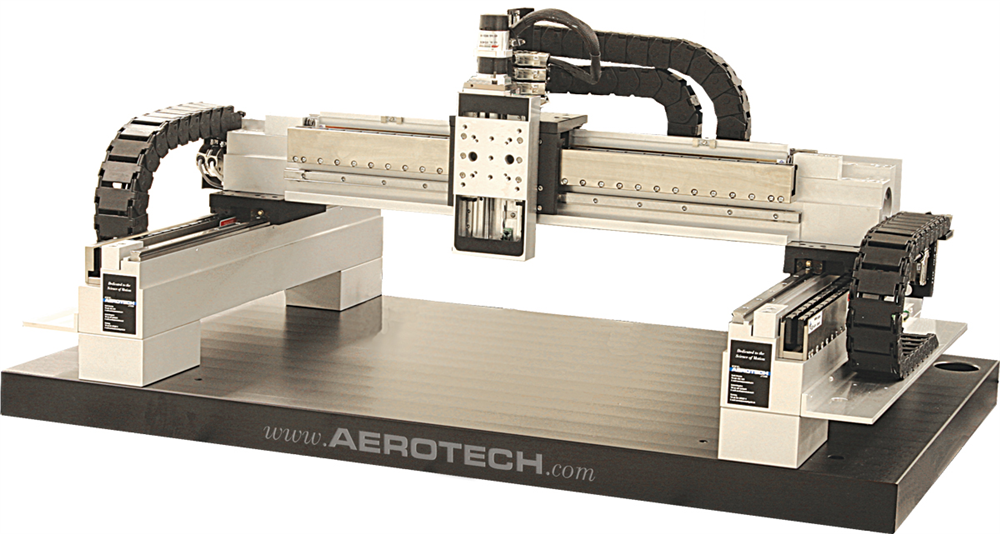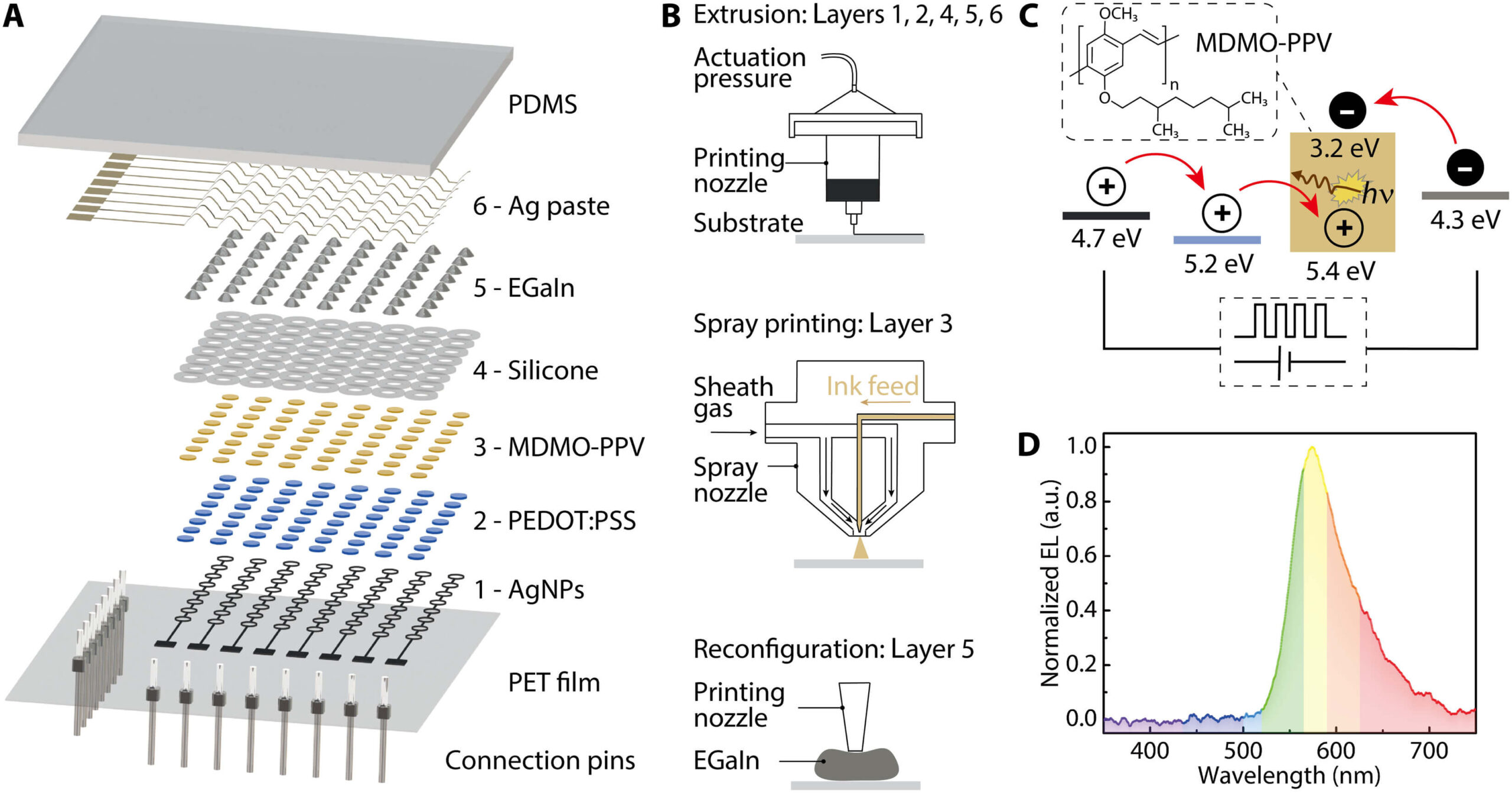OLEDs are traditionally manufactured using multiple substrates of various materials. The light comes from the emissive layer, which exchanges electrons for photons to produce light.
The color of the light depends on the type of organic molecule in the emissive layer.
Typically they are manufactured by various deposition processes and use inkjet printing to add the organic layers between the anode and the cathode before a final piece of glass or plastic is applied to complete the OLED display.
If that sounds like a bit of a chore, then you are absolutely correct. That is why OLEDs are expensive devices. But a team of researchers from University of Minnesota Twin Cities have recently published a means to 3D print OLED panels, which could open the way for OLED panels to be manufactured in the home.
You can see the 64 pixel (hand for scale) printed OLED panel in the image below.

To print the OLEDs the researchers had a custom printer manufactured, featuring a robotic gantry system (AGS1000, Aerotech Inc, seen below)) onto which precision pressure dispensers and printing nozzles were mounted.

The OLED is made from 6 layers which are deposited by 2 different means from the same printer.
The anode/cathode, interconnects, insulation, and encapsulation were all extrusion printed, while the active layers were spray printed using a different tool on the same printer’s toolhead. The four materials the printer used for the organic layers were AgNPs, PEDOT:PSS, MDMO-PPV, and EGaIn.
As you can guess, these materials are specialist stuff: you probably can’t buy this from your local printer store. In fact, this printer is not generally meant for the home consumer, as it cost the team several tens of thousands of dollars.
You can see the printing process and resulting illuminated flexible panel in the video below.
The diagram below shows the different layers of printed materials sandwiched between the PET film substrate and the PDMS top polymer layer. The use of PDMS rather than glass gives the part its flexibility, which means that there are potential applications in wearable technologies.

The ability to do this with just two tools means the process is simplified compared to traditional methods of manufacture, and means that the means to produce OLEDs in the home may not be too far away.
“The nice part about our research is that the manufacturing is all built in, so we’re not talking 20 years out with some ‘pie in the sky’ vision,” said Michael McAlpine, senior author of the study.
“This is something that we actually manufactured in the lab, and it is not hard to imagine that you could translate this to printing all kinds of displays ourselves at home or on the go within just a few years on a small portable printer.”
You can read the paper (open access) over at this link.

